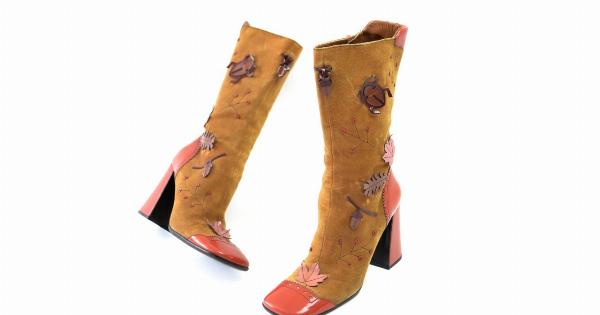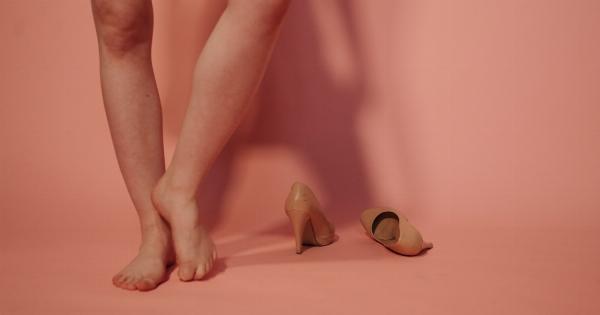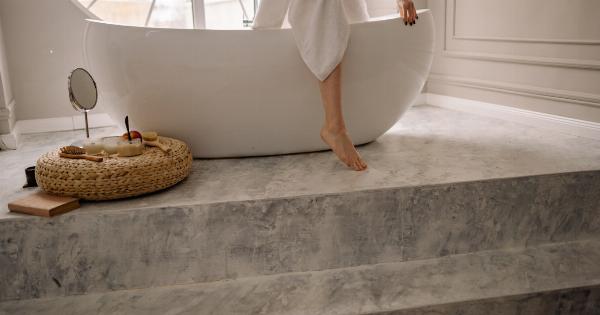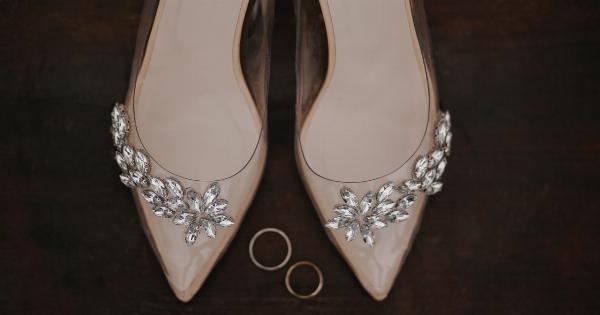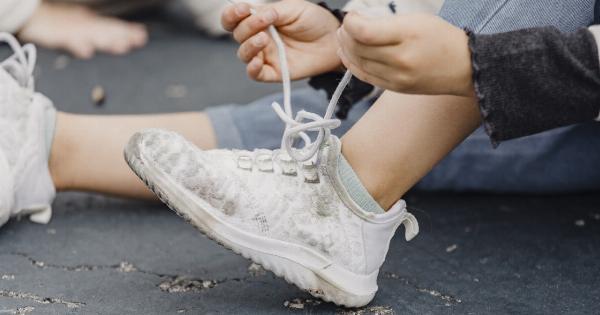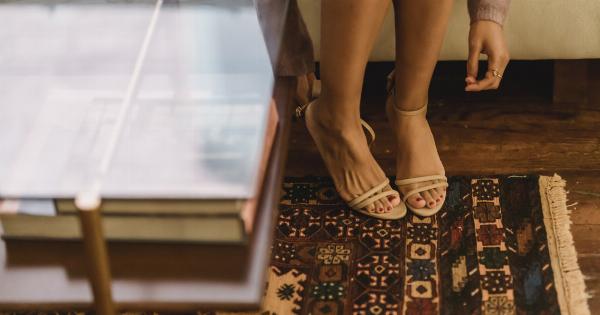Where did high heels come from? They are a fashion staple in modern times, but their history dates back centuries. From the earliest platforms to the contemporary stilettos, the high heel has changed drastically since its inception.
Here, we’ll take a closer look at the evolution of the high heel, its origins, and how it became a staple of fashion as we know it today. Strap in, heel-lovers, and get ready to take a step back in time.
Ancient Origins of High Heels
Believe it or not, high heels aren’t a modern invention. The first recorded instance of raised-sole footwear dates back to the ancient civilization of Egypt.
In those times, both men and women wore heeled sandals, with the heels often made from materials like wood or cork. High heels also appear in ancient Greek art. Ancient Greek actors wore elevated sandals for height and recognition, with heels that could reach as high as three inches.
Rome wasn’t quite as on-board with the trend. High heels were mostly worn in Roman society by courtesans, with other women preferring less showy flats.
However, as the Roman Empire fell and the Middle Ages began, the high heel shone once again as a status symbol.
Heels in the Middle Ages
During the Middle Ages, high heels were worn primarily by royalty, aristocrats, and wealthy men and women. The sandals of ancient times transformed into heeled boots, which were seen as a symbol of power and status.
In the 10th century, Persian horse riders wore heeled boots to keep their feet in their stirrups. This practical use of heeled footwear didn’t go unnoticed by the European aristocracy, who began wearing them as well.
Heels also became more extreme during the Middle Ages, with some male shoes reaching as high as 30 inches. Women’s shoes featured more modest heights, typically no more than two inches.
However, they were decorated with elaborate trimmings and embroidery to show off the owner’s wealth and status.
The Renaissance and Beyond
As the Renaissance began, high heels became even more elaborate. Shoes were adorned with glitter, jewels, and embroidery. Both men and women continued to wear heeled shoes, with men’s heels becoming more tapered and women’s shoes adding more height.
Louis XIV of France was an early adopter of high heels, using them not just for style but also to give him more height, since he was a bit on the short side.
As the 1700s rolled around, heels fell out of fashion for men and became strictly women’s footwear. The heels were still prominent and iconic, however, with the Pompadour-style of the mid-1700s featuring heels that reached as high as five inches.
The early 1800s saw the return of heels for men in the form of cowboy boots, but the trend didn’t quite stick until the 20th century.
The Heel in the 20th Century
As the 20th century began, high heels continued to evolve. The 1920s saw flapper style shoes with low, chunky heels and art deco detailing.
The 1940s brought platform shoes for women, while men’s shoes returned to featuring heels for the first time in over a century. Stiletto heels were invented in the 1950s, with styles featuring progressively taller and thinner heels becoming popular in the 1960s and 70s.
These days, we see everything from kitten heels to sky-high platforms, reflecting the diversity of today’s fashion.
The Future of High Heels
High heels are an undeniable part of fashion history, even if they aren’t necessarily for everyone. With the rise of athleisure and the increased focus on comfort in fashion, it’s possible that heels could become less prominent in mainstream style.
However, as history has shown us, the high heel never truly fades away. With each new generation of fashion icons, we’re sure to see new takes on the high heel emerge. Who knows what shapes and styles the heels of the future may take?.
The Bottom Line
Whether you love them or hate them, high heels are a fashion icon with a rich history.
From their origins in ancient Egypt to the stilettos of the present day, high heels have been a status symbol, a practical tool, and a style statement throughout the centuries. With each new iteration, they reflect the values and trends of their time. So when you slip into your favorite pair of heels, take a moment to appreciate the long and fascinating history behind the sole beneath your feet.

